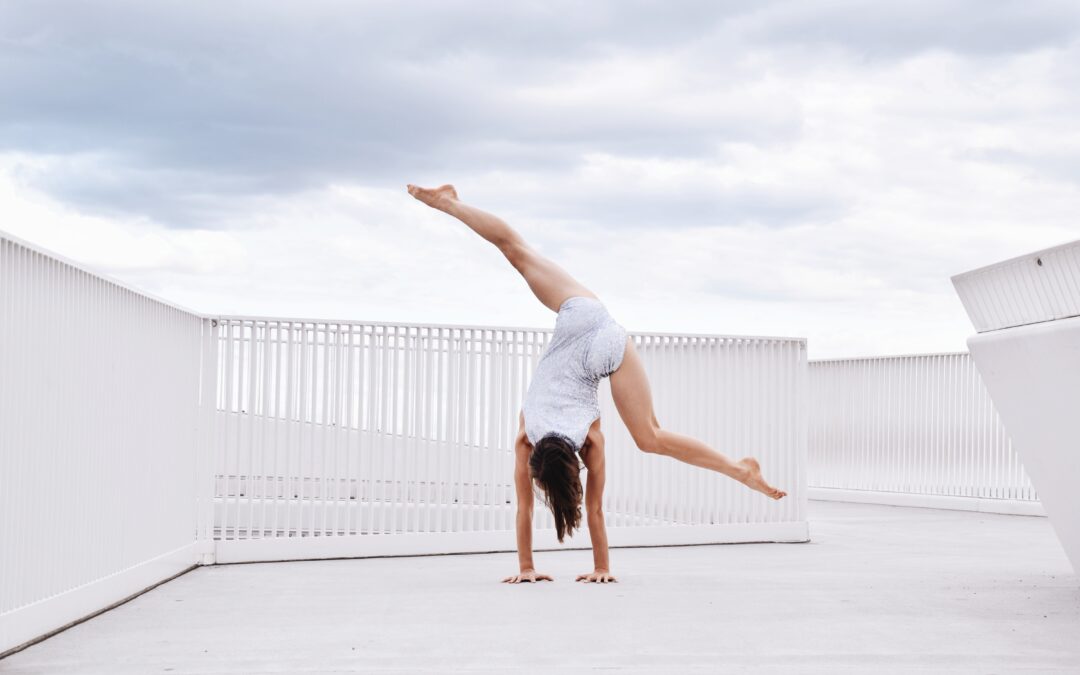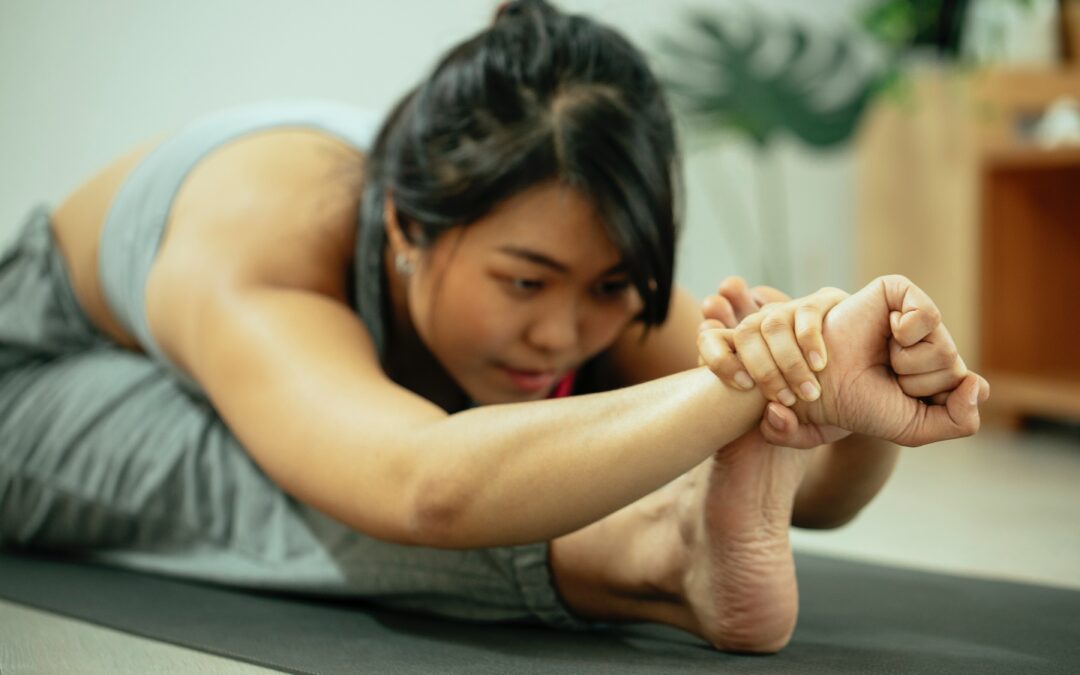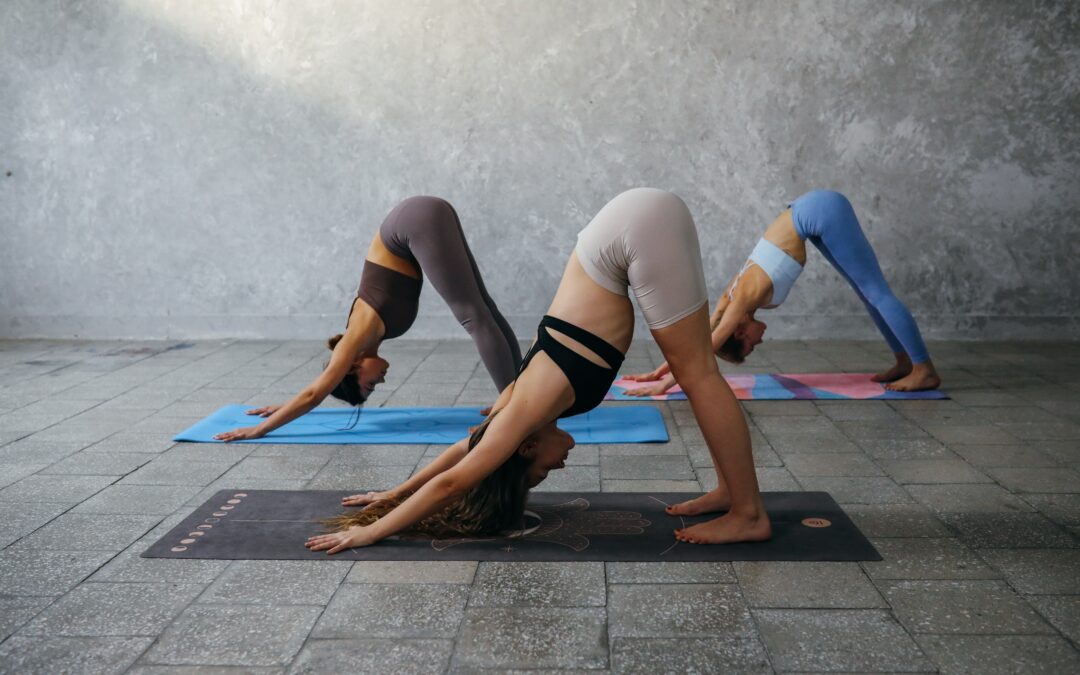“Balance does not mean merely balancing the body. Balance in the body is the foundation for balance in life. In whatever position one is in, or in whatever condition in life one is placed, one must find balance. Balance is the state of the present – the here and now. If you balance in the present, you are living in Eternity.” ― B.K.S. Iyengar, Light on Life (2019)
Great yoga teacher Iyengar explains balance with these beautiful words. The bridge between the balance in the body and in life might seem obscure. But if you are curious and would like to explore the meaning of balance for yogis, you are in the right place!
1. Accepting the life with all pairs of opposites without praising one and judging the other
Yoga is a journey that binds and unites, as the very meaning of the word “yoga” translates as binding, uniting. What is being united may change from one practitioner to another.
In the first couple of months or years of yoga practice, most of us bind the mind to the body. Deeper exploration of the body and observing the reflections of bodily phenomena in the mental realm of thoughts and feelings tend to be the first layer of this process.
Then, as we grow within the practice, we may start to unite the known with the unknown, experience on the mat with experience in life, past with the future, inner experience with the outer experience. Just like in the symbol of Taijitu, we begin to see the bigger picture from a place of stillness. Accepting life with all pairs of opposites without praising one and judging the other is the very essence of balance.
Our yoga mat is not meant to be a pure place in which we take refuge without the chaos of life. On the contrary, we bring life into the yoga mat with all aspects without leaving any parts behind. Beginning to see reflections of our approach in life on the mat brings about a question: What if we act in life just as we flow gracefully, mindfully on the mat? Can this new way of being and flowing change our lives positively, just as it does on the mat? This beautiful exploration process continues, bringing a brand new perspective without separation.
2. Accepting the dynamic nature of balance
Of course, now we could ask, no matter how we see the bigger picture and keep an equal stance towards black and white, why we do not find a perfect state of balance. If we are in the search of an unchanging state, rethinking might be helpful.
In her wonderful book Yoga Body, Buddha Mind, Cyndi Lee (2004) reminds us that the word balance originates from the Latin word ballare which means to dance. She suggests that there is no such thing as static balance. Our lives are dynamic, changing every day. This means that our approach to the state of balance should be dynamic as well. She calls us to dance with balance, rooting ourselves into our breath and into the present moment. With her words from one of the interviews made with Kraft, K. (2018): “Falling out of balance doesn’t matter, really and truly. How we deal with that moment and how we find our way back to center, every day, again and again—that is the practice of yoga… It’s about trusting that you will find your way.”
Paradoxically, accepting the fact that we are meant to fall out of balance may bring serenity into our hearts. Knowing this truth, we free ourselves from the unrealistic and static definition of balance and make peace with the change.
3. Binding ease with steadiness
If we wonder how ancient yogis defined balance, we may refer to the Patanjali’s (2009) definition of yoga pose – asana in Sanskrit: “Sthira Sukham Asanam”, translates as, a yoga pose should feel stable and steady as well as comfortable and sweet. Thus, we see that a yoga pose is defined also as a place where steadiness meets ease, where there is a balance of two different energies. Similarly, with Iyengar’s (2019) words in Light on Life, balance should be relaxation in action as one establishes it by using body intelligence and instinct, not by force.
For more information on the definition of asana, you can check out the following Youtube video by Vishvketu (2017):
Whether it is a search for balance in a yoga pose or in the turmoil of life, we know that every different situation will require a new way of fine tuning. If we root into this fact and listen to our instincts, it is more likely for us to find relaxation in action and navigate ourselves towards balance with ease.
Would you like to learn how yoga poses help improve balance? You can check the following inspirational Youtube video by Gent (2022):
References:
Gent. (2022, March 2). Improve Your Balance with Yoga. YouTube. Retrieved December 14, 2022, from Improve Your Balance with Yoga
Iyengar, B. K. S. (2019). Light on Life. Yellow Kite.
Lee, C. (2004). Yoga Body, Buddha Mind. Riverhead Books.
Kraft, K. (2018, August 1). The Buddhist yogi: An interview with Cyndi Lee. Home. Retrieved November 23, 2022, from https://yogainternational.com/article/view/the-buddhist-yogi-an-interview-with-cyndi-lee
Patañjali, & Ranganathan, S. (2009). Patañjali’s Yoga Sutra. Penguin.
Vishvketu. (2017, August 4). What is the Meaning Of Asana? #yoga #asana #whatisasana #yogapostures #traditionalyoga #akhandayoga. YouTube. Retrieved December 14, 2022, from https://www.youtube.com/watch?v=U2tjqUyigto
Scan the QR below and download Trueyogi



